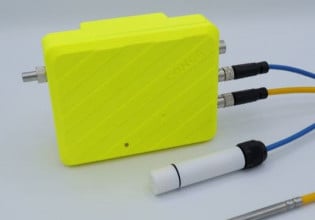S
We built a modbus client on a Win98 PC. In a test routine, we polled our device as fast as possible.
So we learned, the response of one of our device e.g. modbus server is delayed about 10...20ms. (10Mbaud)(We started a clock at request and stopped the clock at receive).
If we install more than one requesting object (n times) in the PCs application to request n different devices, how can we calculated and test, if the cycle time is n times 20ms or how "parellel" are the n request works ?
If we guess, the request is a small ethernet frame with the smallest amount of data, it is about 46+26 bytes.
So at 10Mbaud, it needs min. 60µs to send this frame.
So the PC should be able so send a lot of parallel requests in a very short time.
So all answers of the requested servers can reach the client in 20ms+n*60µs, if we have a separated network without other communication.
So, in summary, are these ideas the right way or is there any mistake ?
C needs only
So we learned, the response of one of our device e.g. modbus server is delayed about 10...20ms. (10Mbaud)(We started a clock at request and stopped the clock at receive).
If we install more than one requesting object (n times) in the PCs application to request n different devices, how can we calculated and test, if the cycle time is n times 20ms or how "parellel" are the n request works ?
If we guess, the request is a small ethernet frame with the smallest amount of data, it is about 46+26 bytes.
So at 10Mbaud, it needs min. 60µs to send this frame.
So the PC should be able so send a lot of parallel requests in a very short time.
So all answers of the requested servers can reach the client in 20ms+n*60µs, if we have a separated network without other communication.
So, in summary, are these ideas the right way or is there any mistake ?
C needs only






